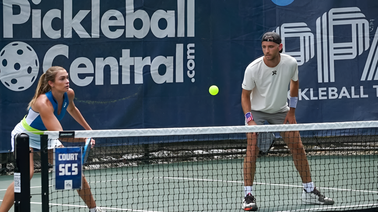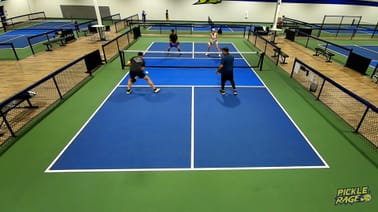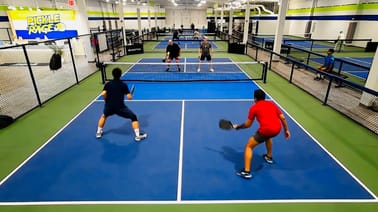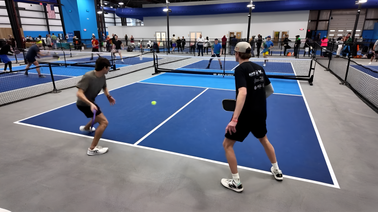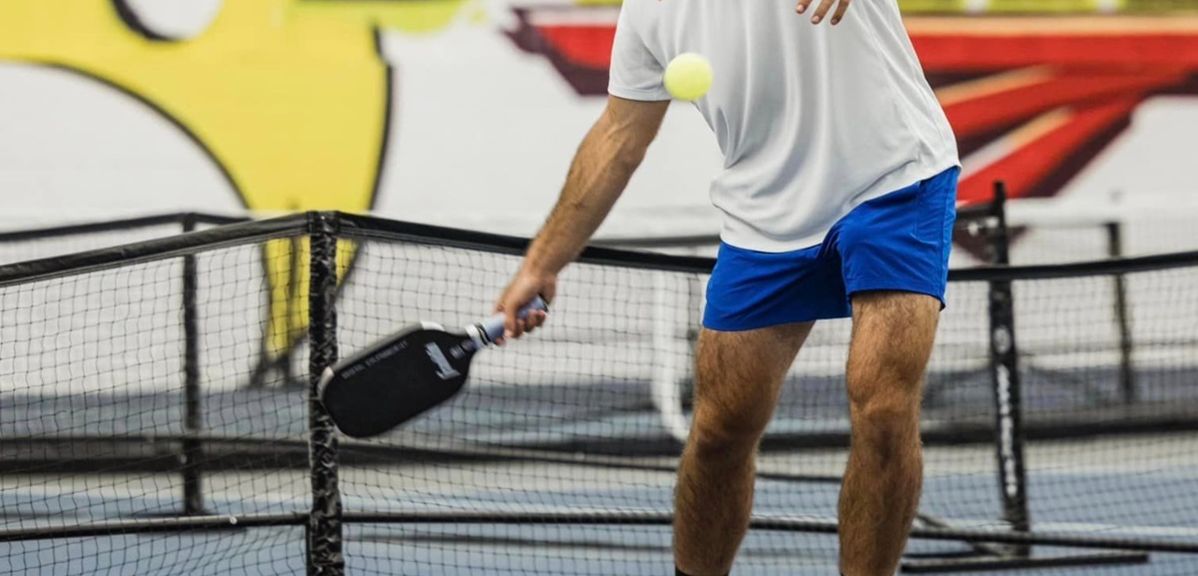
In a previous article, we discussed the merits of having a big pickleball serve and whether or not it should be an offensive weapon on the courts.
Whether you're a fan of weaponizing the serve or not, there's no denying the frustration a tremendous serve can cause the person returning it and the chance it gives you to score some easy points when you’re the server.
But what is it that makes a serve great? And how can you improve yours? This article aims to answer those questions and provides practical drills to take your pickleball serve to the next level.
What makes a great serve in pickleball?
At first glance, a strong serve seems to be all about speed and power. But look closer, and you'll see that's not always the case.
A great pickleball serve should include spin, placement, depth, and even height.
Speed
In other sports, the faster you swing your racquet or bat, the quicker the ball will go. In pickleball, this isn't necessarily the case. After all, a ball with 26 holes weighing under three ounces can only cut through the air so quickly.
While speed is excellent, there is a cap on how fast the ball will go. To make a serve more challenging, let’s look at other ways to manipulate it on the courts.
Spin
Topspin, backspin, and sidespin can cause the pickleball to do some funny things. Add enough spin, and you'll get a ball that bounces higher, lower, left, or right when it hits the ground.
Not only that, but spin can also cause it to fly awkwardly off your opponent's paddle, causing a mishit or a lousy return of serve. It takes some practice, but hey, that’s what the drills below are for.
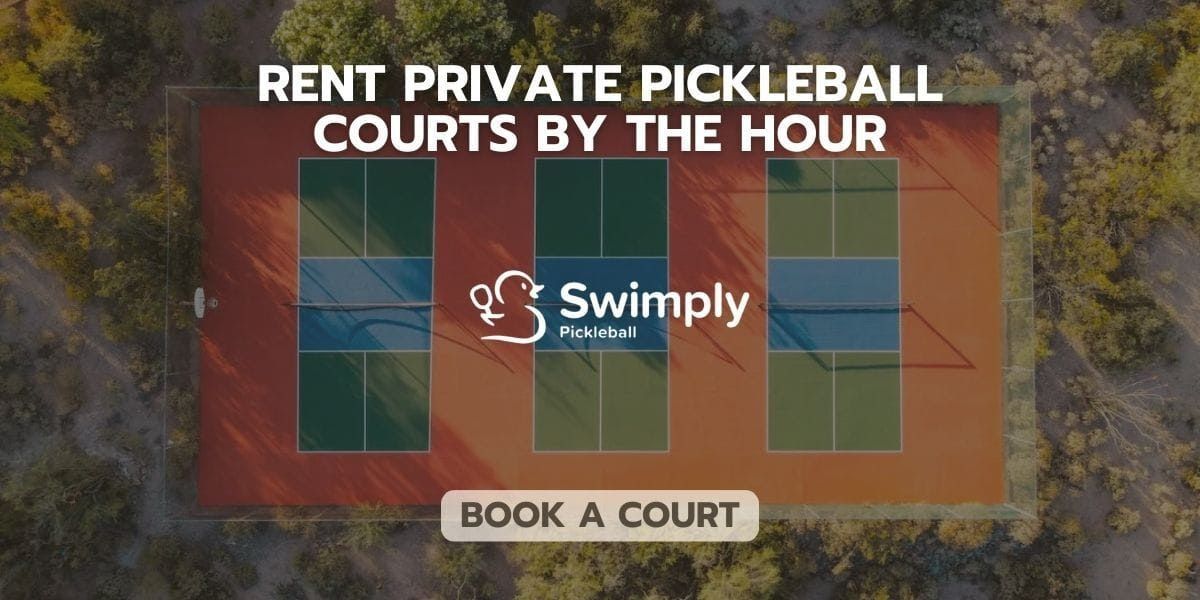
Placement
Many of us have a favorite place to stand as we prepare to return the serve. Some prefer to hug the sideline, while others stand closer to the centerline.
Recognizing what your opponent likes best can give you an idea of how you should serve. For example, if you notice your opponent parked in the corner, it could mean they don't like their backhand.
Aiming your serve at the centerline will force them out of the corner, and it may even cause them to move over next time they get set to return. Once they do that, aim behind them and force them to take a shot they don’t want.
Depth
Depth is another part of making a strong serve. Often, we hear that your serve should go as deep as possible. And typically, this is true. However, if your opponent is standing seven feet behind the baseline, a shorter serve might be more beneficial to you.
It forces them to run up to the ball and might cause them to sail a ball out of bounds or hit it directly into the net. As they creep up closer to the baseline, hit them with the deep ball and push them off the line.
Height
Height is often a forgotten part of the serve. The good ol' lob serve may look silly, but throw one in every once in a while, and you’ll see your share of returns go straight into the net or sent back weakly for a great third shot drive opportunity.
Similarly, if you can get your serve to just barely pass over the net, you might get a low bounce and completely catch your opponent off guard.
Most serves in pickleball get returned. That’s just the nature of the game. Instead of trying to blast your next serve past your opponent, focus on using one or more of these elements to keep them off-balance and force bad returns.
A terrible return from your opponent puts your team in a great position to make a better third shot and dictate the rest of the point.
Also, don’t just stick to one serve. Instead, try several different serves throughout your match. After all, the easiest serve to return is the one your opponent knows is coming. Of course, if one keeps working, keep using it.
Drill #1 - Four Corners
Take four items, such as disc cones, sticky notes, or water bottles, and position one in each of the four corners of the box, diagonally opposite to where you're serving.
Practice hitting each ball to a different marker. See how close you can get while keeping the ball in bounds.
If you have a drilling partner, have them stand in different spots along the baseline and note which corner causes weaker returns.
Drill #2 - Ladder Drill
Take your markers, and instead of putting them in the corners, put them in a line at different depths, a few feet between each.
Start with them in the middle of the box, then move them to the centerline, then the sideline. This drill will help you develop an ability to not only place your ball but hit it shorter or deeper.
Remember, for both drills, switch sides, and practice from the left and right.
Drill #3 - Take It for a Spin
Using your hand (or a finger or the paddle) to spin the ball before serving is illegal (thanks, Zane Navritil...).
However, you can still add spin to the ball using your paddle, wrist, and/or swing path. Use the same drills above, but now focus on adding either top-, side-, or backspin to the ball.
Read Next: 3 Ways to Stay IN FRONT of the Ball and Improve Your Court Position
Notice how the ball reacts to the manipulation and see how it might cause your opponent problems during a match.
Now that you have a better understanding of how to improve your serve, it’s time to put what you’ve learned into real game situations.
Soon enough, you’ll be the one everyone fears, leaving your opponents shaking their heads as they exit the court in defeat.


